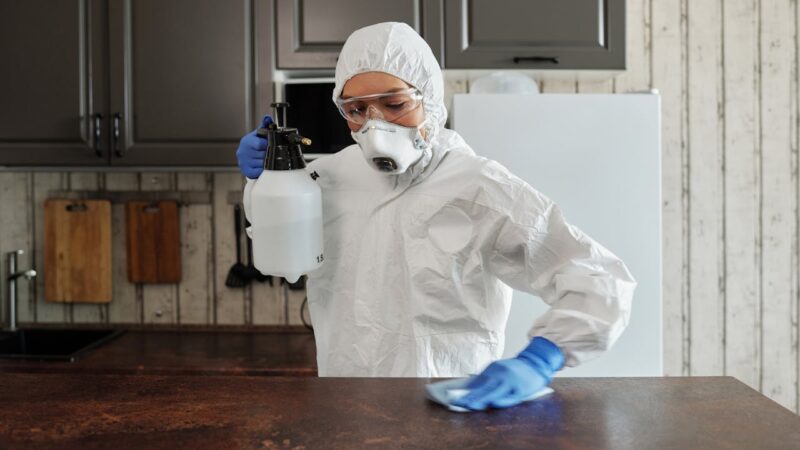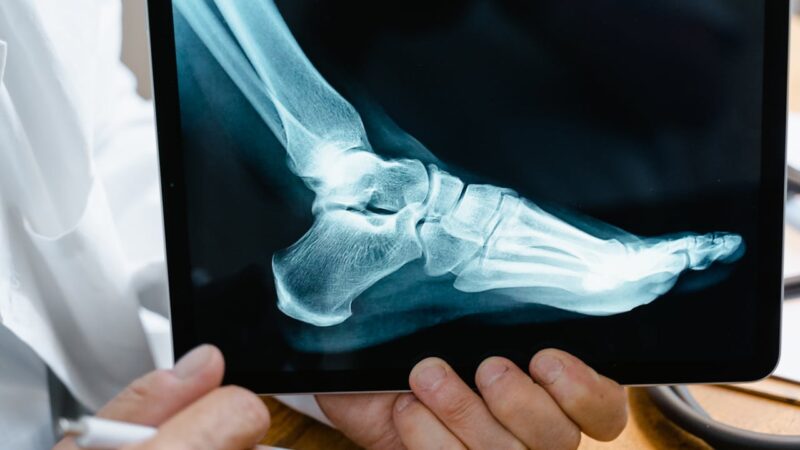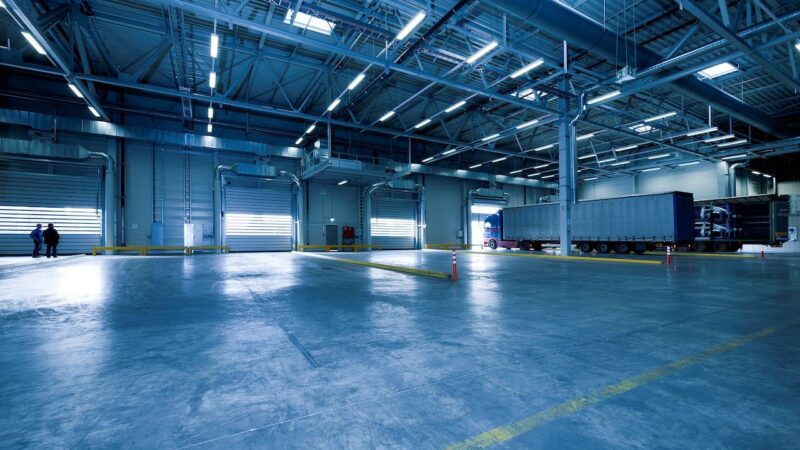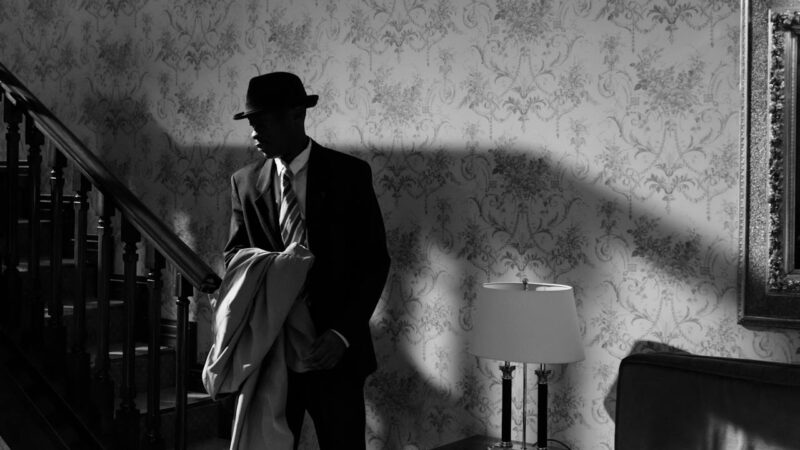Discussing Facial Extraction – What It Is and the Various Benefits That It Offers
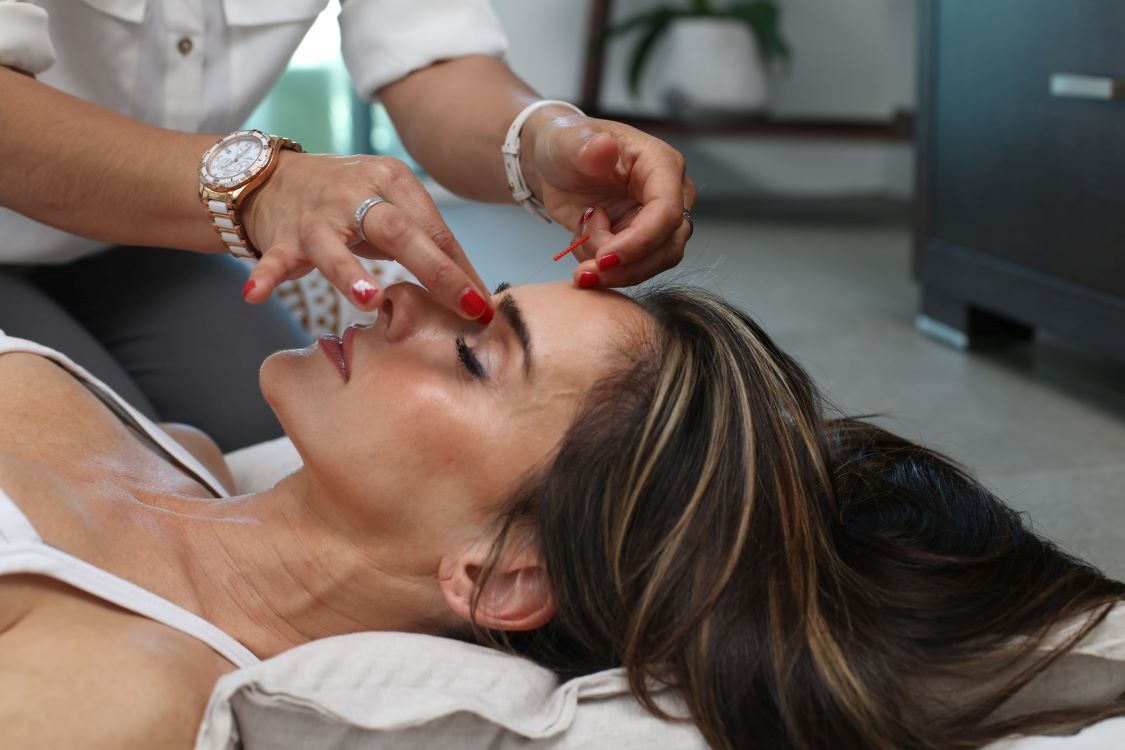
Facial extraction has long been a common treatment for acne, especially for more severe cases. This is one of the few facial treatments that can actually make your skin look better. Unfortunately, there are still plenty of people who try to go the cheaper route and have painful, drawn-out procedures done at a plastic surgeon’s office.
If you really want results and don’t mind paying a bit more money, it’s a good idea to have facial extraction done by a dermatologist or aesthetician. It doesn’t take long, and you should get back to your life quickly. Facial extraction usually involves the removal of an infected or inflamed pore.
Typically, if you visit a doctor, he’ll recommend you have an aesthetician do facial extraction. Aestheticians and dermatologists are trained to use tools like dermabrasion, chemical peels, and suction devices to remove excess sebum, dead skin cells, and other materials that build up in the skin.
You might be surprised how much oil is produced, both naturally and by the activities of our bodies. Excess sebum is clogging the pores of the face and getting rid of it can help reduce the appearance of zits and pimples. You may even find that facial extraction can improve the look of your skin.

Dermatologists and estheticians are training to perform facial extraction in a way that leaves the patient with beautiful skin. Sometimes, excess facial sebum gets stuck in the follicle, making it hard to wash out. This can lead to a bacterial infection, which can irritate the surrounding skin and lead to a variety of unsightly conditions.
Many times, people who suffer from acne visit their dermatologist only to learn that the acne problem is not related to any structural problem with the skin, but to some external problem. Professional estheticians will carefully remove all excess sebum and other materials from the follicles, allowing the skin to heal itself.
Dead skin cells are one of the major causes of breakouts. If the dead skin cells that build up in the follicles are not properly removed, they can block the follicles so that sebum cannot be released, leading to acne. Dead skin cells are also a common cause of acne scars since they provide a medium for bacteria to grow.
Professional estheticians will carefully extract dead skin cells so that the skin is free of blockages and bacteria. Facial extraction can leave the skin looking red and flaky. To minimize redness and irritation, you can use exfoliates regularly, especially if you are using a professional esthetician who specializes in facial extraction.
The extracts from dead cells should be applied generously over the face, in the areas where there are large pores. Exfoliating should be done twice a day, in the morning and in the evening. This will maximize the effect and minimize redness. Now, if you are still not convinced, we advise you to read this write-up on reasons to get facial extraction.
Extractions can sometimes be painful. That’s why it’s important to choose estheticians who are well trained and skilled in facial extraction. Estheticians with training and experience in facial skincare are more likely to have minimal or no pain during facials.
Also, be sure to ask your esthetician about techniques to minimize pain, such as applying topical analgesics. Some estheticians may also use a cold compress and soothing facial massage to help eliminate any pain. Sometimes, facial extractions don’t completely remove blackheads and whiteheads. In this case, an anti-bacterial agent can be used.

Most estheticians will recommend the use of an oral antibiotic, such as erythromycin, or a topical retinoid (e.g., tretinoin). These drugs can help get rid of blackhead pores and prevent the buildup of bacteria on the skin. Clogged pores can cause pimples and blackheads, so keeping the skin clean and clear of debris is very important.
Sometimes, an esthetician will recommend detoxification or facial cleansing treatment. In this process, a cleansing solution is applied to the face, which is then followed by either a steam facial or a magnifying lamp.
A mild concentration of salicylic acid, tea tree oil, or other cleansing agents may be used. Sometimes a medicated facial will be done, but it usually only lasts for one day.


